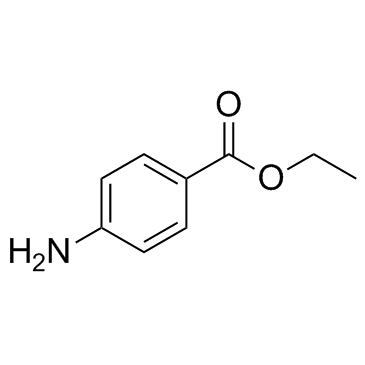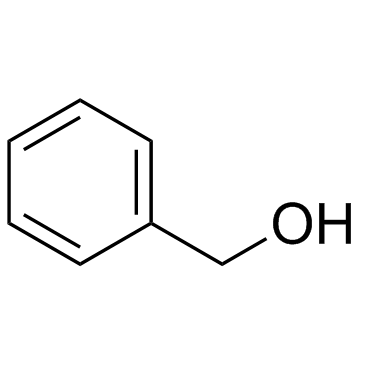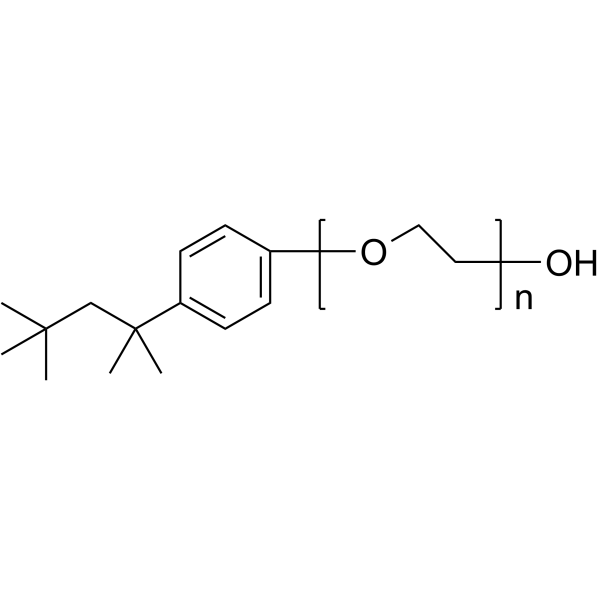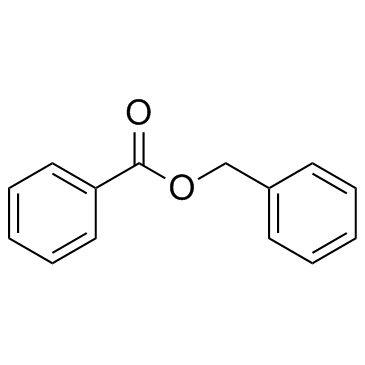| Structure | Name/CAS No. | Articles |
|---|---|---|
 |
sodium chloride
CAS:7647-14-5 |
|
 |
Benzocaine
CAS:94-09-7 |
|
 |
Benzyl alcohol
CAS:100-51-6 |
|
 |
Triton X-100
CAS:9002-93-1 |
|
 |
SODIUM CHLORIDE-35 CL
CAS:20510-55-8 |
|
 |
benzyl benzoate
CAS:120-51-4 |
|
 |
glutaraldehyde
CAS:111-30-8 |